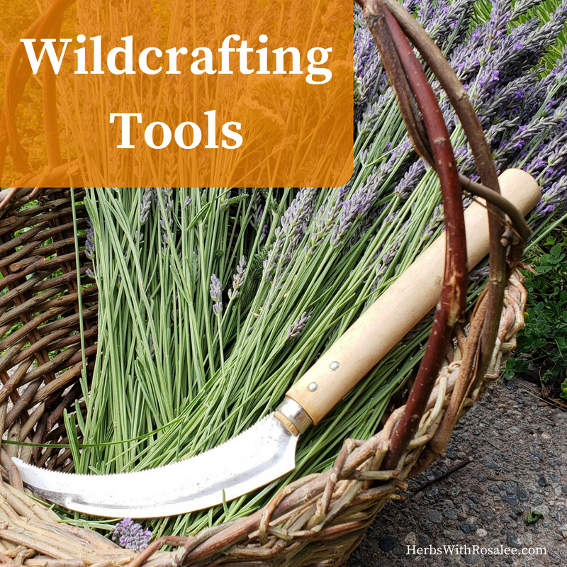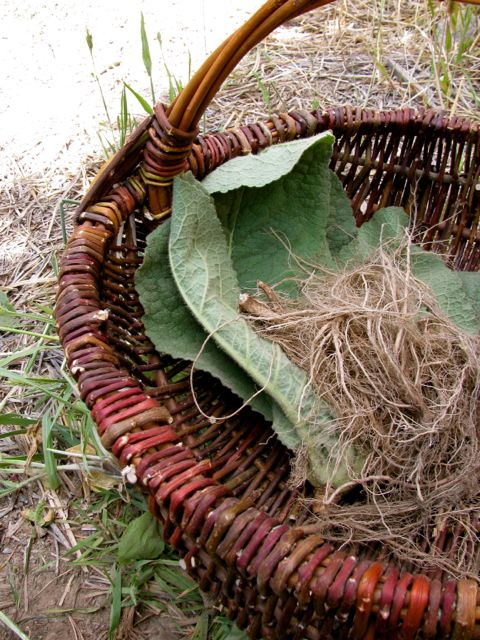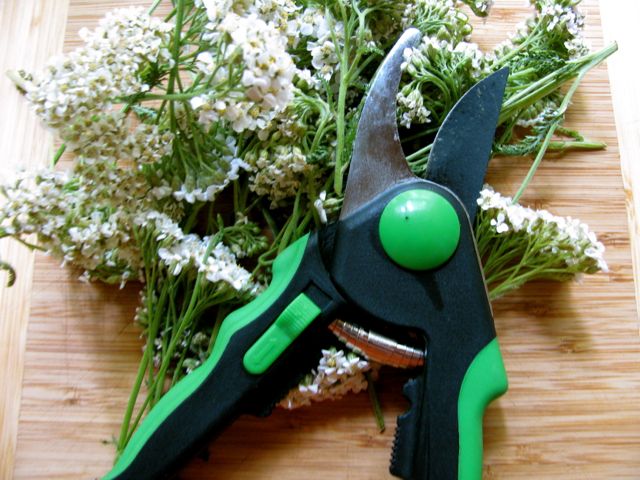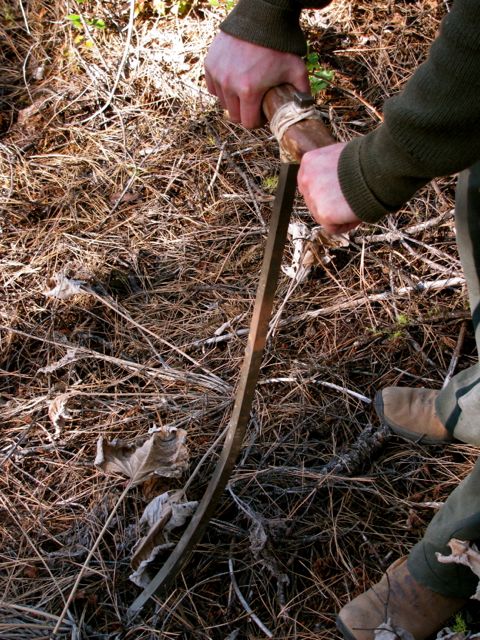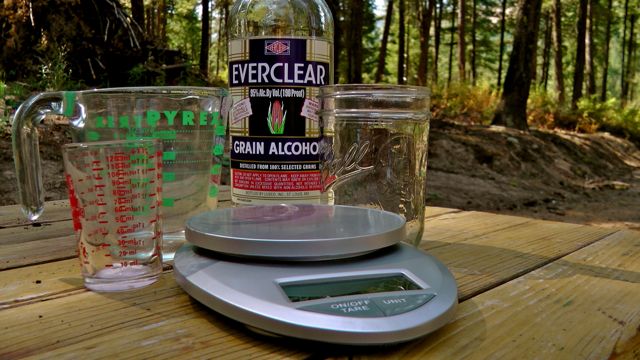Get weekly tips, recipes, and my Herbal Jumpstart e-course! Sign up for free today.

Wildcrafting Tools
Share this! |
|
Wildcrafting requires a few tools. Whatever you don’t already have in your home can be bought inexpensively at a local hardware or garden store. Over time, you’ll probably develop a set of favorite tools for the particular plants you harvest regularly.
This is Part 3 of a series on Wildcrafting. Click to visit Part 1 on Wildcrafting Wild Plants and Part 2 on Ethical Wildcrafting.
Mesh Bags
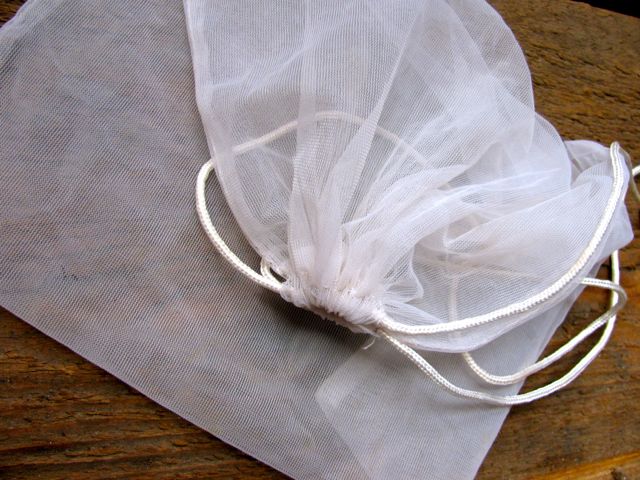
Mesh bags are one of my favorite things to use for harvesting. They are small and light and allow the plants to breathe on the trip home. Mesh bags are often sold at natural health food stores or can easily be found at online retailers.
Brown paper bags from the grocery store are another option, particularly for harvesting large amounts of plants. These are also nice because they stay propped open, freeing your hands for harvesting activities. I’ve also seen herbalists use old pillow cases. Basically any natural fiber bag that allows for air circulation will work.
When I first started harvesting plants, I used large Ziplock bags. One day I harvested quantities of red clover from an organic farm several hours from my house. By the time I reached home, all the blossoms had already turned brown. If you use plastic bags to harvest, I recommend leaving the bags open if the plants will be left in them for any length of time.
Always bring more bags with you than you think you’ll need--you never know what else you’ll find on your foraging adventure. I actually keep harvesting bags in my car because I never know what I’ll find when I am out and about.
Baskets
I love heading out to the forest with my basket in hand. A basket is especially useful when two hands are needed for harvesting, since it can simply be laid on the ground and the plants dropped into the opening. Thrift stores, garage sales and Etsy are good sources for baskets; look for a variety of sizes and ones that are light, with comfortable handles.
Wildcrafting Tools: Pruning Sheers
Pruning shears are a must for harvesting small branches. With this tool you can make a clean cut that a plant can easily heal from. Never break off branches with your hands as this leaves a scar and opens the plant to disease and insects. I like the brand Fiskars.
Wildcrafting Tools: Scissors and/or Sickle
Scissors are necessary for harvesting aerial portions of plants. At a garden store you can find a variety of high quality scissors that may be better than your kitchen shears. Cleanly clipping aerial portions allows roots to stay in the ground and continue the plant’s life, and allows the plant to heal faster than if it is ripped or torn.
Just two years ago I started using a sickle and it is probably one of my most used tools now. You can sometimes find them at your local hardware store or online.
Wildcrafting Tools: Digging Stick or Hori Hori
A digging stick is often handier than a shovel, which can accidentally slice through roots. We have a fancy iron digging stick inspired by a traditional digging tool called a cuppins. My husband often prefers simply using a strong stick.
A hori hori is a Japanese tool that is very versatile. For years I harvested without one an now I wouldn’t want to be without one.
Appropriate Clothing
Be aware of the terrain of the area where you will be harvesting as well as the potential weather conditions, and dress accordingly.
Forgetting your hat can mean the difference between a fun wildcrafting experience and a miserable excuse of a day that leaves you burnt and blistered. If you are in an area with ticks or chiggers take the necessary precautions.
Be aware of other hazards in your area and be prepared. Never go on a hike by yourself without first telling someone where you will be.
Wildcrafting Tools: Gloves
Gloves aren’t always necessary but they are good to have along ”just in case”. Sometimes I like to harvest nettles barehanded and sometimes I don’t, and it’s nice to have the option of gloves. I like to wear thin leather gloves often found in the gardening section of stores.
Wildcrafting Tools: Record Sheet
Later in this series we’ll have a checklist sheet and a record-keeping sheet. You may want to bring these with you, along with a pen and clipboard.
Wildcrafting Tools: Alcohol
No, it’s not that kind of wildcrafting party! When I am harvesting resinous plants, mainly cottonwood buds, I bring along high proof alcohol so that I can rinse the sticky resins from my hands before I get my dirty paws all over the car on the ride home. You can also wear gloves to avoid this or use a carrier or cooling oil in a similar manner.
Wildcrafting Tools: Medicine-Making Supplies
Some people like to make their tinctures with the plants as fresh as possible. If that interests you, you may want to bring your medicine-making supplies to the field with you.
Wildcrafting Tools: Field Guide
When going out, especially into the wild, I always bring my favorite field guide. It helps me identify exactly which species I am encountering—and you never know when you are going to meet a new plant for the first time.
Continue to Part IV on Wildcrafting Herbs by clicking here.

Rosalee is an herbalist and author of the bestselling book Alchemy of Herbs: Transform Everyday Ingredients Into Foods & Remedies That Healand co-author of the bestselling book Wild Remedies: How to Forage Healing Foods and Craft Your Own Herbal Medicine. She's a registered herbalist with the American Herbalist Guild and has taught thousands of students through her online courses. Read about how Rosalee went from having a terminal illness to being a bestselling author in her full story here.
